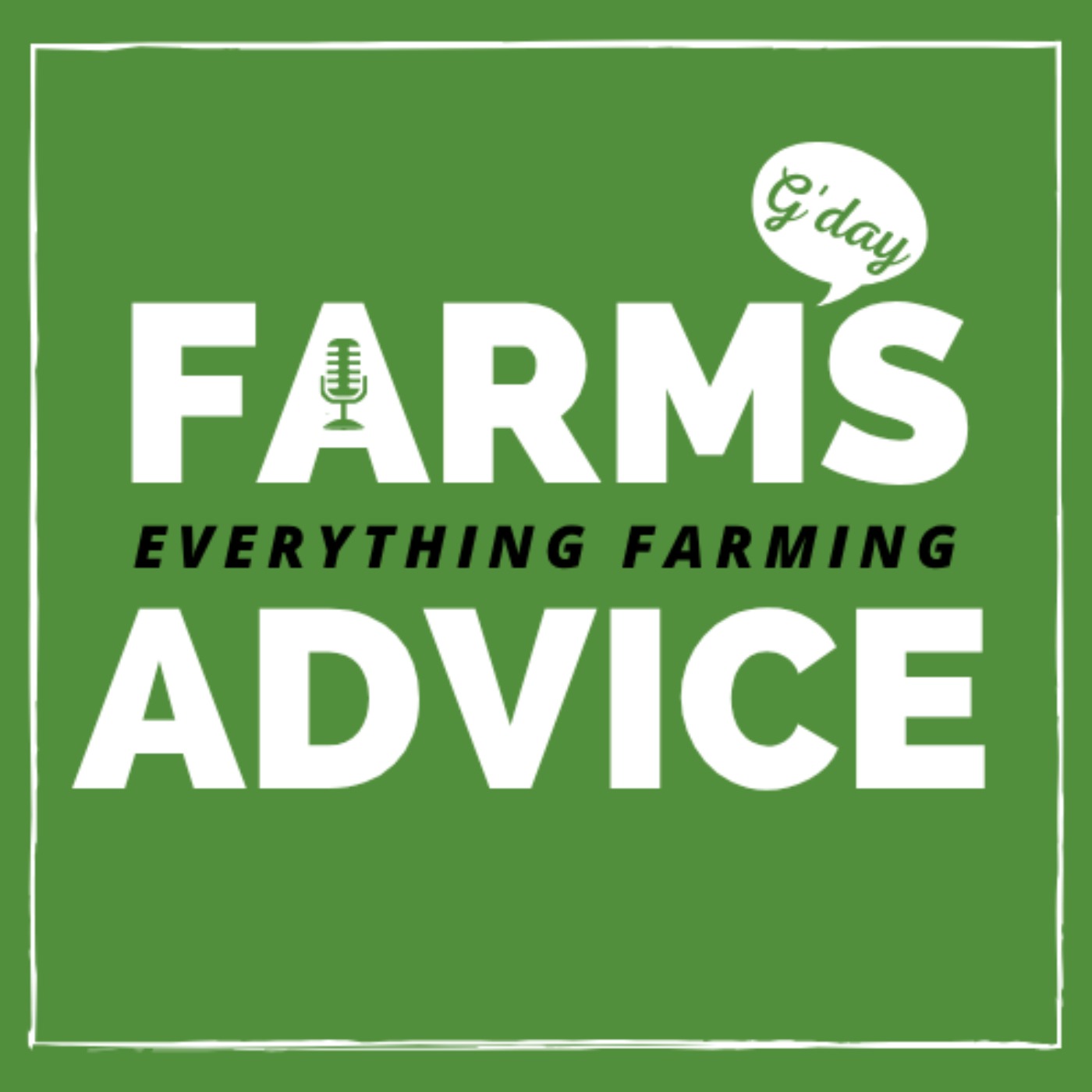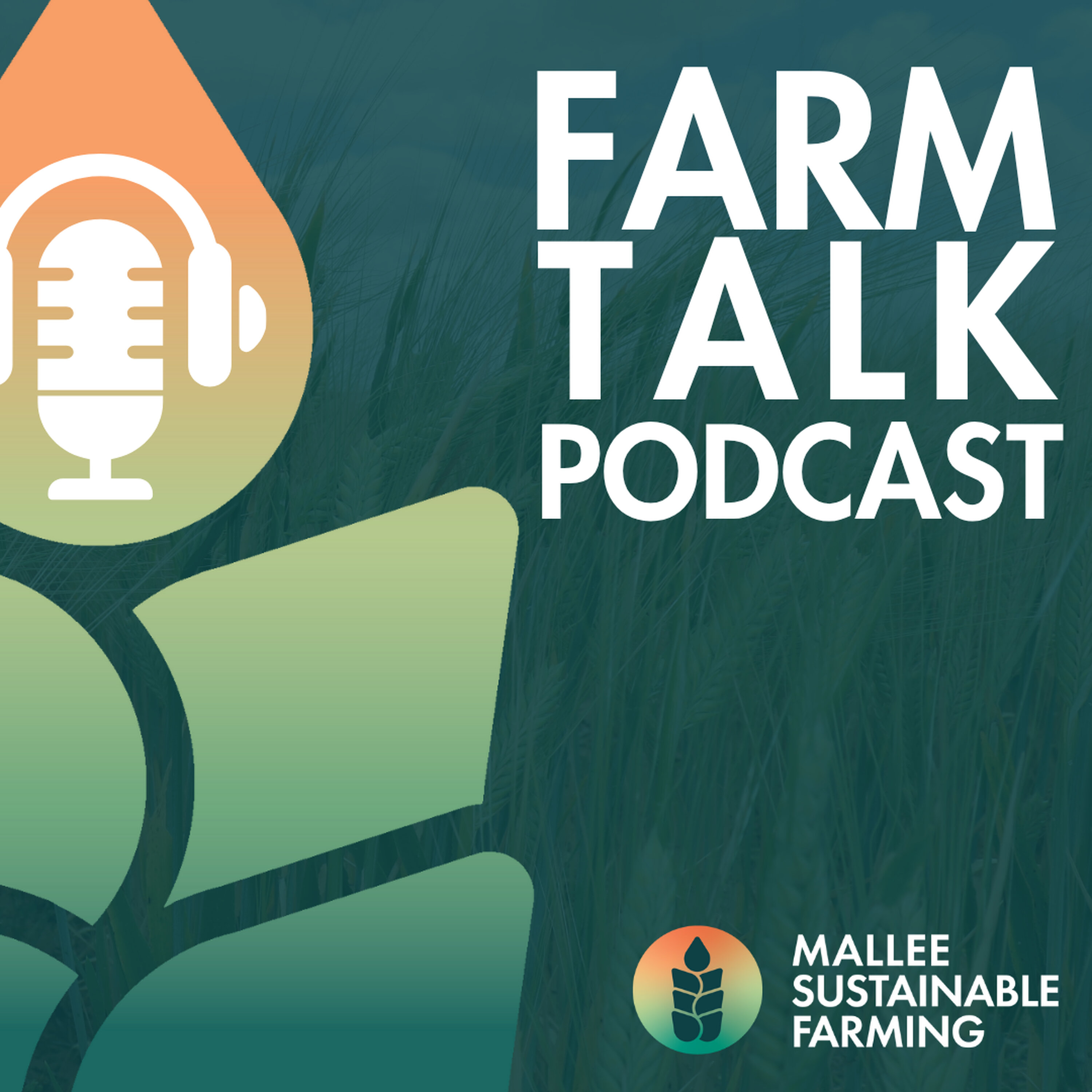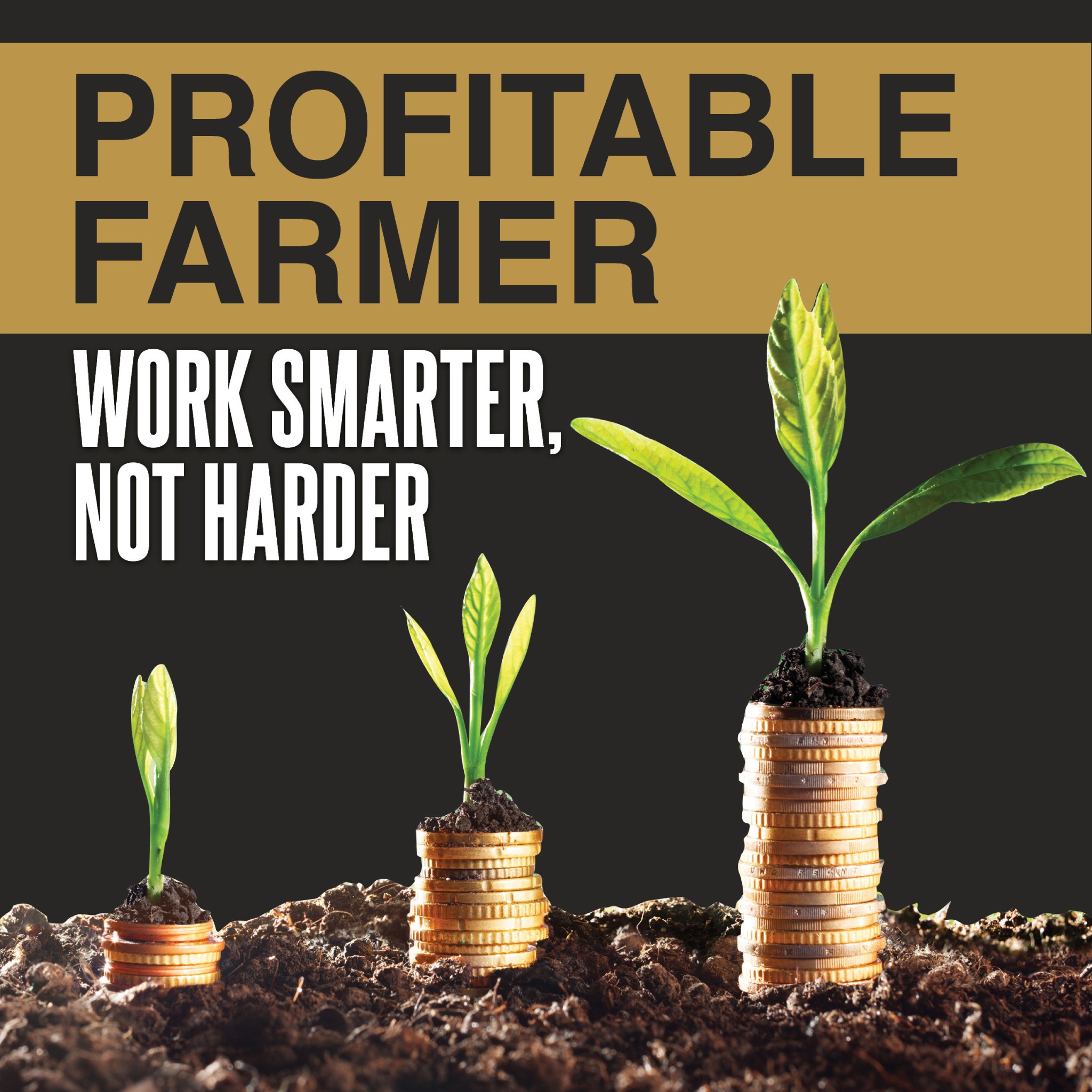
Riverine Plains
'Farmers inspiring farmers'
On the Riverine Plains podcast we cover the topics relevant to Australian farmers - and particularly those on the Riverine Plains.
You can check out more of our project at riverineplains.org.au
Riverine Plains
Plain Talking: Nitrogen Fertiliser
Riverine Plains member, farmer and Incitec Pivot - Technical Agronomist, Lee Menhenett discusses the the essentials of managing nitogen inputs effectively and the concept of nitrogen budgeting.
Hello, I'm Camilla Plunkett. Riverine Plains hosted yet another successful field walk recently looking at dry sowing, herbicide efficacy and crown rot. Seventeen farmers from the Murchison area enjoyed a thorough discussion with Riverine Plains member, farmer and Incitec Pivot Technical Agronomist, Lee Menhenett. Lee was showing us his trial site and further explaining the complexities around nitrogen. I caught up with Lee to learn more about nitrogen budgeting.
Lee Menhenett - Incitec Pivot:Nitrogen is obviously one of the major inputs and costs going into any farm business and particularly in cropping, and I guess the relevance or the the key aspect to it is that it is a cost if if you don't get a return on that, on that input. So the key to making sure that you do get a return on that investment, rather than it being a cost, is to understand how much nitrogen you need to put into a particular cropping scenario to maximise yield but also to minimise the risk.
Camilla Plunkett - Riverine Plains:So the concept of nitrogen budgeting. Can you please explain it?
Lee Menhenett - Incitec Pivot:Usually with the nitrogen budgeting the basic approach is to look at yield and then the protein that comes with that yield and then multiplying the yield by the protein, by a protein factor, which is the amount of nitrogen essentially in the protein of different crops, and then multiplying those three numbers by an efficiency factor. And typically the efficiency factors of nitrogen in a cropping system are for wheat, milling wheat, spring wheat's probably about 40%, canola about 30% and barley and winter types it might be 45 to 50% efficiency. So when you multiply the yield by the, by the protein, by the protein factor, by the efficiency, you can come up with a number on how many kilograms of nitrogen is required for a particular crop. And what we tend to do with that budgeting approach is to set the protein, so fix the protein, particularly in milling wheats at around about 11.5%, and then, based on soil moisture and the outlook for the growing season, the rest of the growing season we move the yield around based on whether the season's favourable or not.
Camilla Plunkett - Riverine Plains:Now there's a couple of options on the market, both granular and liquid. What are the main differences between them?
Lee Menhenett - Incitec Pivot:The differences between urea granule and EASY N, or urea ammonium nitrate, is typically, I suppose, the price is the first point. The liquid fertilizer tends to be a little bit more expensive than a granular just because you're transporting and handling a liquid. So the storage is more expensive and shipping costs are a little bit more, So that's why it's a little bit more expensive. You also got a bit of a variation in the product all the nitrogen sources. So the nitrogen source variation is that you've also got ammonium nitrate in the urea ammonium nitrate. So that also adds to a little bit of the cost, but that also gives a little bit of a benefit from more rapid plant uptake and also from lower volatilisation losses as well.
Lee Menhenett - Incitec Pivot:So there are some benefits with it. I guess you know, with urea being the cheapest source, most common form of nitrogen we use, people are set up to handle it with spreaders and the like or banding it at sowing, whereas you know we've all got boom sprays as well, which allows the liquid to be applied through a boom spray, which offers some application and operational benefits when you can start mixing it with fungicides and herbicides. So yeah, so there's some differences o bviously in the product, at the end of the day we're applying nitrogen. It's just the agronomic and the operational benefits that can be teased out with one or the other.
Camilla Plunkett - Riverine Plains:And the cost difference between these products?
Lee Menhenett - Incitec Pivot:So it varies. Because of the Ukraine-Russia war, a lot of the urea, ammonium nitrate, used to come out of the Black Sea, so with trade sanctions on that, most of it now comes out of America so it's actually added the cost. So at the moment I think it's around 35 to 40% dearer than urea, but typically in most other years outside the war years it's less than that.
Camilla Plunkett - Riverine Plains:Are there any specific situations or crop types in the Riverine Plains area where one form is clearly more advantageous than the other?
Lee Menhenett - Incitec Pivot:I think it's just a mix. There's just opportunities if you have got an EASY N or urea ammonium nitrate tank on your farm and you've got the product there. It just allows a little bit of flexibility in the operations where you can actually use the boom spray to start getting some nitrogen out and also, in tandem, run a spreader as well. If you've got really windy conditions leading into a rain front, you know that urea granule trying to spread in those windy conditions is really going to upset the spread width and the pattern across the paddock, whereas you know if you're running a boom spray, particularly with streaming nozzles, you're going to get a much more even distribution of nitrogen across your swath.
Lee Menhenett - Incitec Pivot:So you know I think its horses for courses and again if you're running over the paddock and you're putting a fungicide over, you can throw some more, you can throw some EASY N in there to have a one pass operation of a, you know, a fungicide and a nitrogen application. So I don't know whether there's any one? I think it just offers the flexibility you know across a number of different crops, as an example in canola where you're using your fungicide for blackleg and scleratinia, again topping up your nitrogen at that stage with, you know, 50, 80, 100 litres of EASY N as well, it just offers that opportunity to top up that nitrogen in a one pass operation. and
Lee Menhenett - Incitec Pivot:And for our Riverine Plains farmers,
Camilla Plunkett - Riverine Plains:What piece of advice would you give them around nitrogen budgeting?
Lee Menhenett - Incitec Pivot:I think the Menhenett thing Incitec just to understand how much soil moisture you've got, you know, use your rainfall records as a guide to what to be and, based on that water limited yield you know, just run some different scenarios for the season ahead so that you can, www. riverineplains. org. au you know, predict a decile 7 from here on or a decile 5 or a decile 3, and that gives you some scenarios as far as yield. And then, based on that yield, you can then, you know, look at how much nitrogen you need to to apply to hit those different yield targets and as the season progresses over the next month or six weeks, you can either increase or decrease that based on those assumptions. But I think you really need to really look at moisture and the outlook and just to guide where we need to be as far as our nitrogen application rates.
Camilla Plunkett - Riverine Plains:That was Lee Menhennett from Insight Tech Pivot with some valuable information about nitrogen. Lee has been working closely with our field officers looking at volatilisation losses. Looking at volatilisation losses. If you are interested in further information about this research, please contact our Malwala office and keep an eye out on our events page at wwwriverineplainsorgau for more field walks, demonstrations and workshops across our region. You have been listening to a Riverine Plains podcast and we believe in farmers inspiring farmers. I'm Camilla Plunkett. Thanks for listening.
Podcasts we love
Check out these other fine podcasts recommended by us, not an algorithm.

GRDC Podcast
Grains Research and Development Corporation
Grains Convo
Grower Group Alliance
AgVic Talk
Agriculture Victora
Farms Advice Podcast
Farms Advice
Podcasts – RealAgriculture
RealAgriculture
Soils For Life
Soils For Life
MSF Farm Talk Podcast
Mallee Sustainable Farming
CommBank Agri Podcast
commbankagripodcast
AgriFutures On Air
AgriFutures Australia
Sustainability Further
Banish
Humans of Agriculture
Humans of Agriculture
Farmers Helping Farmers
VicNoTill
